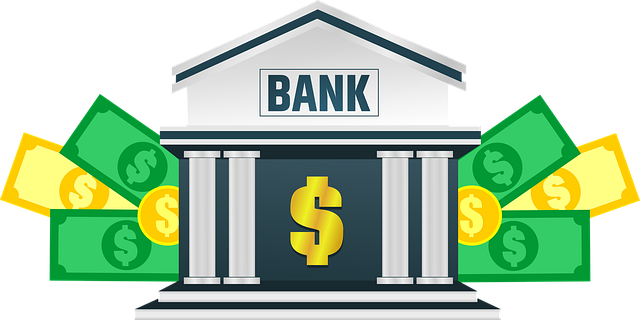In today's economic climate, businesses have multiple loan options for expansion, upgrades, and working capital. Understanding key loan types like term loans, lines of credit, and asset-based financing is vital to aligning funding with short-term and long-term goals. Loan terms, such as fixed interest rates, repayment periods, flexible access, and variable rates, significantly impact financial health and credit profile. Businesses must assess cash flow and capabilities to select terms supporting growth while ensuring manageable repayments, considering factors like loan purpose, size, interest rates, and repayment terms to mitigate risks and maintain positive creditworthiness.
In today’s dynamic business landscape, understanding the impact of loans on credit profiles is crucial for entrepreneurial success. This article delves into the intricate relationship between business funding needs and loan options, exploring diverse loan types available to businesses. We demystify key loan terms such as interest rates and repayment periods, revealing their profound effects on creditworthiness. Furthermore, we offer strategic insights on managing loans responsibly, ensuring positive credit profiles that foster continued access to financing opportunities. By grasping these concepts, business owners can make informed decisions regarding loan options, ultimately navigating the financial realm with confidence and finesse.
- Business Funding Needs and Loan Options
- – Exploring different loan types for businesses
- – Factors influencing choice between loan options
Business Funding Needs and Loan Options

In today’s economic landscape, businesses often turn to loan options for various funding needs. Whether it’s for expansion, equipment upgrades, or working capital, understanding the different loan types and their terms is crucial. Businesses should assess their short-term and long-term goals when considering loan options, such as term loans, lines of credit, or asset-based financing. Each has its advantages and may suit specific business funding needs.
Loan terms play a significant role in shaping a company’s financial health and credit profile. Term loans, for instance, offer a fixed interest rate and repayment period, providing clarity and predictability. Conversely, lines of credit allow businesses to access funds as needed but come with variable rates and potentially higher costs. Businesses must carefully evaluate their cash flow and financial capabilities to choose loan terms that align with their growth objectives while ensuring they can manage the repayments without compromising operations or creditworthiness.
– Exploring different loan types for businesses

When it comes to meeting business funding needs, entrepreneurs have a variety of loan options to consider. Each type of loan is designed to cater to different stages and requirements within a company’s growth trajectory. For established businesses seeking expansion or capital injection, term loans are a popular choice due to their fixed interest rates and predetermined repayment periods. These structured loan terms offer predictability and allow businesses to budget accordingly. On the other hand, lines of credit provide more flexibility as they allow businesses to borrow funds on-demand up to a certain limit, making them ideal for smaller enterprises or those with fluctuating cash flows.
Exploring different loan options is crucial in navigating the financial landscape of a business. Lenders often tailor their services to specific industries, and understanding the available loan types can help entrepreneurs secure the best terms for their situation. By evaluating factors such as interest rates, repayment schedules, and collateral requirements, businesses can make informed decisions that align with their short-term and long-term goals, ensuring they access the capital needed to thrive in today’s competitive market.
– Factors influencing choice between loan options

When businesses have funding needs, they often find themselves navigating a sea of loan options. The choice between various loans depends on several factors, each playing a crucial role in shaping their credit profile. Key considerations include the purpose and size of the loan, as well as the associated interest rates and repayment terms. For instance, shorter-term loans with higher interest rates might be suitable for urgent business needs, while longer-term options with lower rates could be preferable for capital expenditure projects.
Additionally, businesses must evaluate their cash flow projections to align loan repayments with their financial capabilities. Neglecting this balance can lead to default risks and negative impacts on creditworthiness. Loan terms, including the duration and frequency of payments, should be carefully considered to ensure they are realistic and do not hinder the business’s growth prospects.






